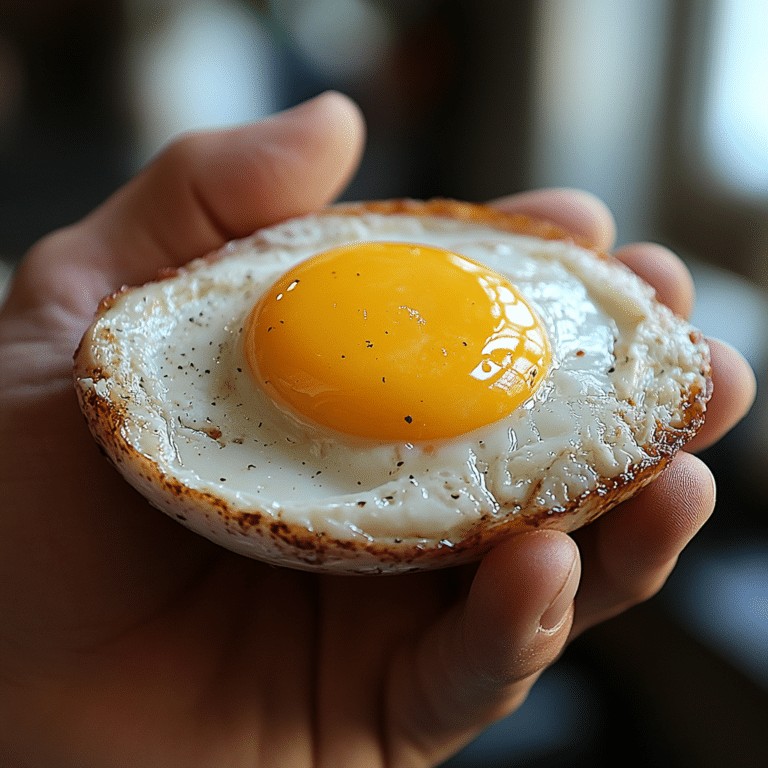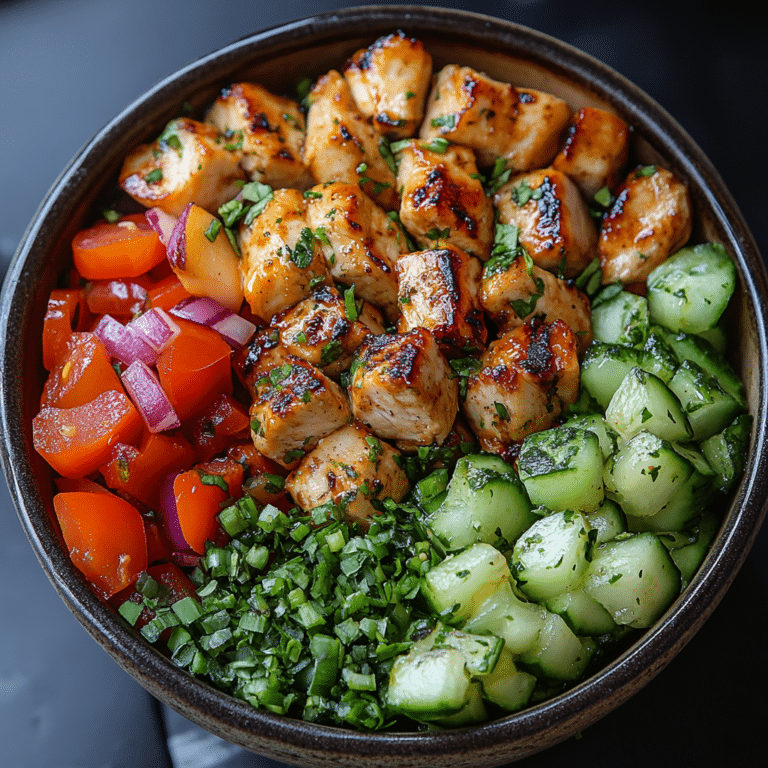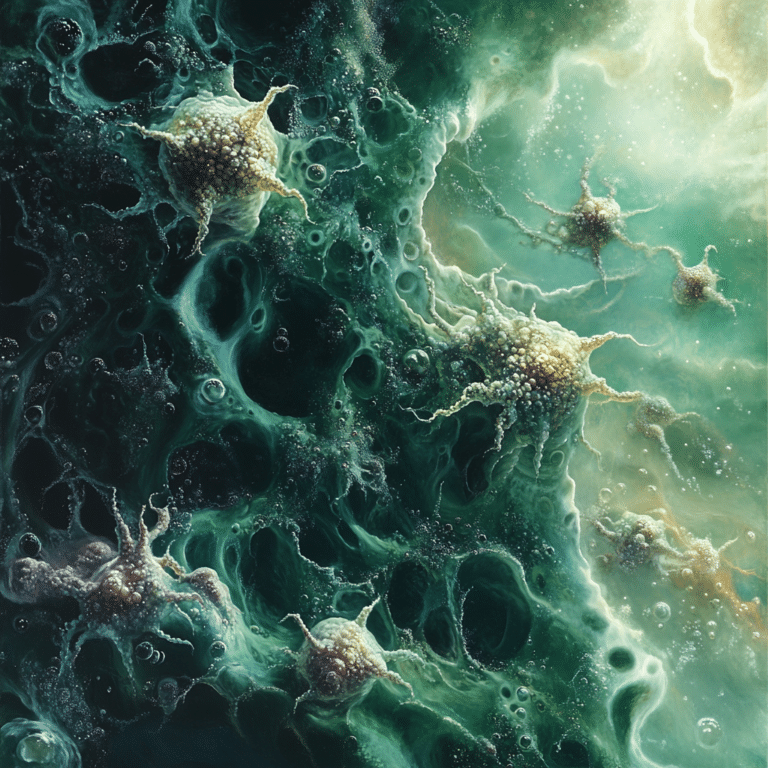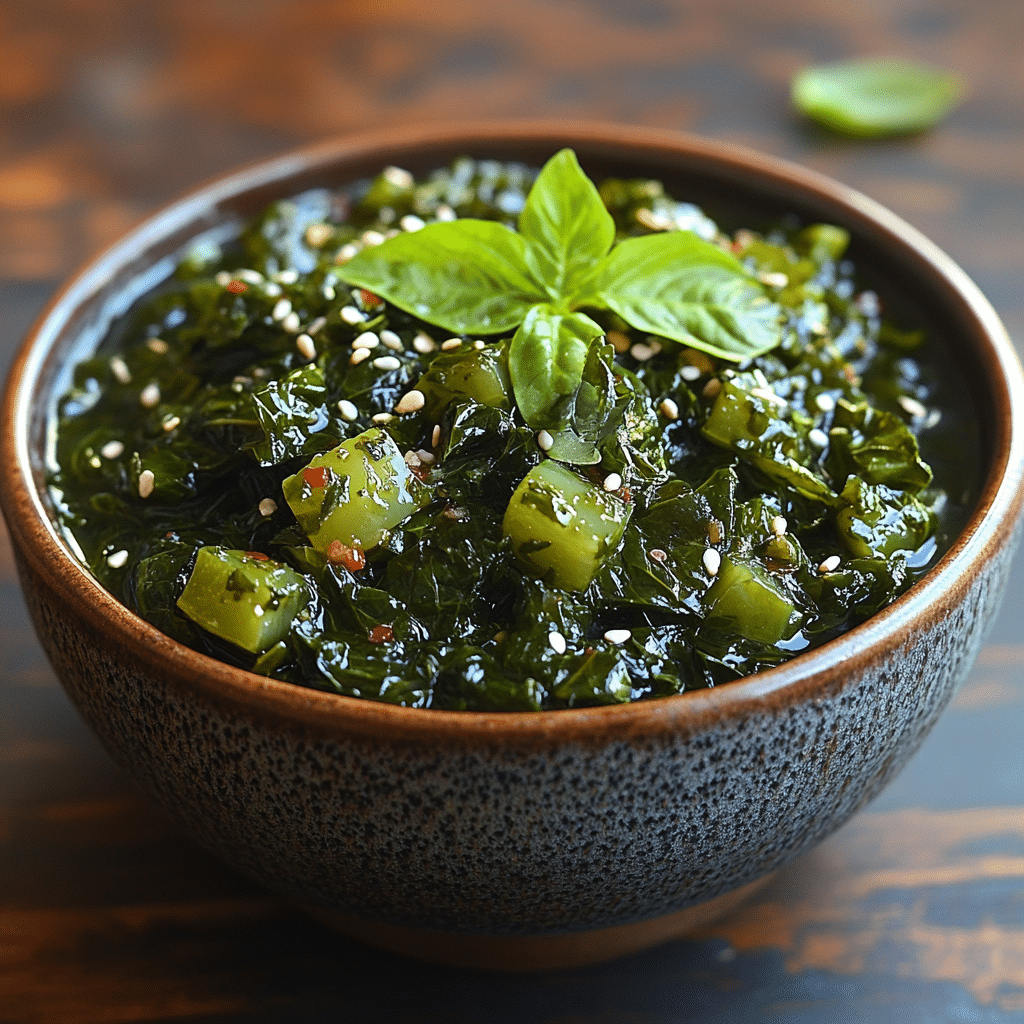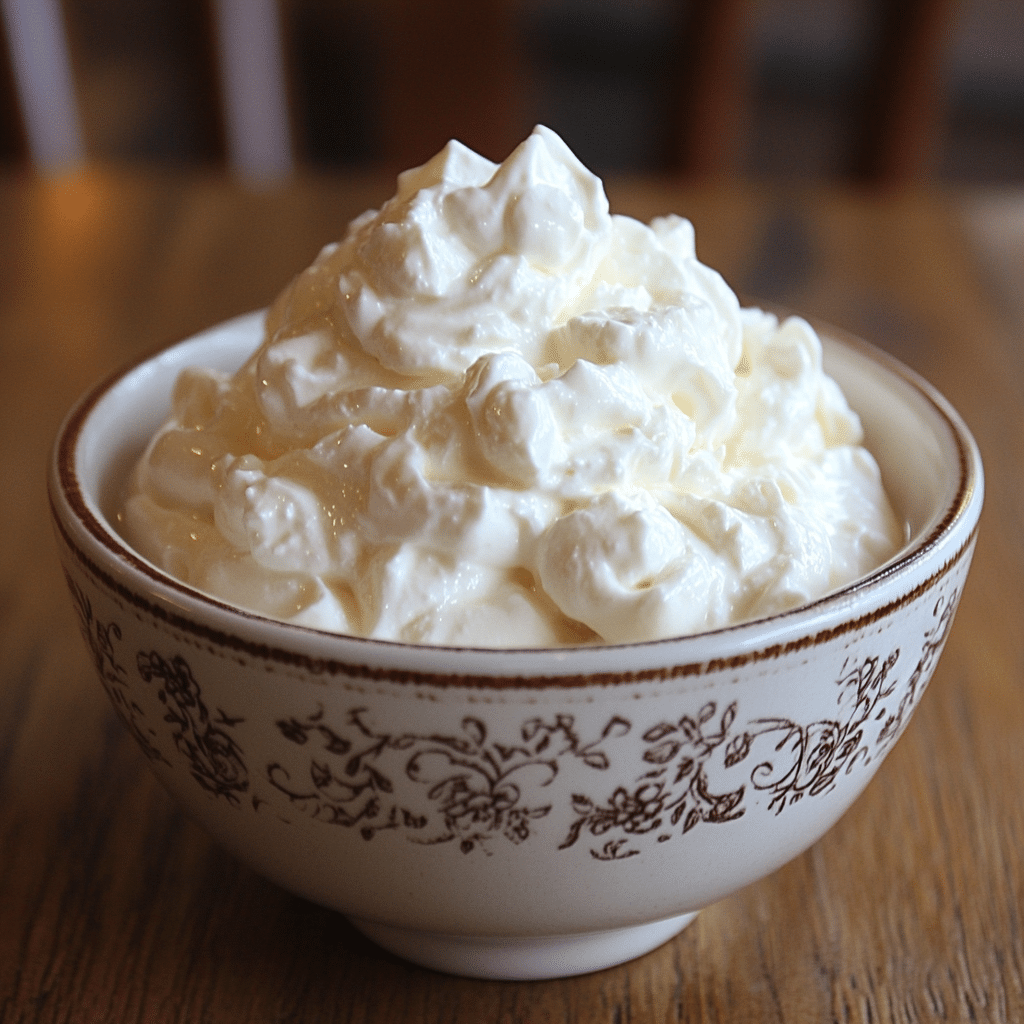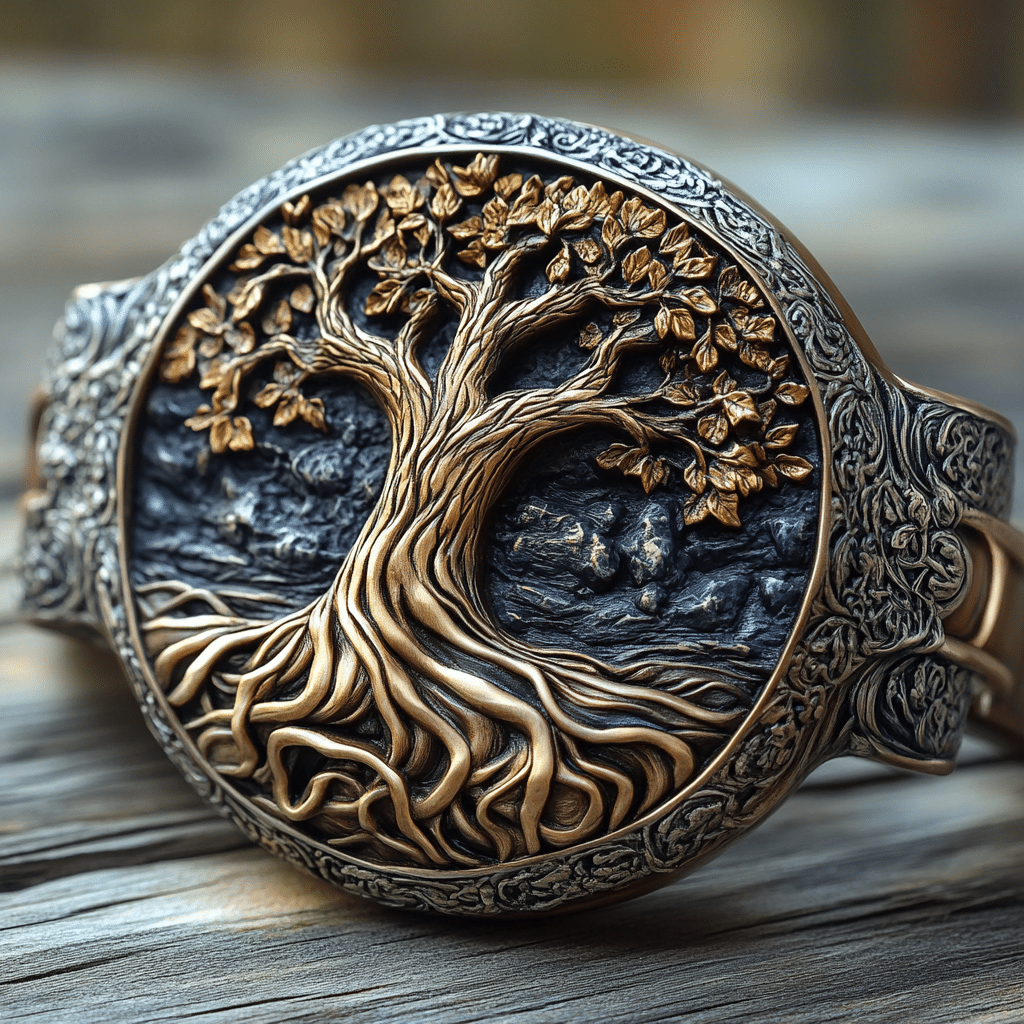When talking about beverages, one might wonder: what is tonic water? This cocktail staple has transitioned from medicinal origins to a trendy mixer in bars and at home. So, let’s dig deeper and explore tonic water’s journey, why it’s skyrocketing in popularity, and how it fits into our health-conscious culture today.

What Is Tonic Water?
Tonic water is a carbonated drink made up of water, sugar (or sweeteners), and quinine, which comes from the bark of the cinchona tree. Originally, tonic water was a remedy for malaria, thanks to quinine’s antimalarial properties. Today, this fizzy beverage has transformed itself into a beloved mixer in drinks like the classic gin and tonic.
The revival of tonic water is nothing short of impressive. With more brands popping up, like Fever-Tree and Q Drinks, there’s a focus on quality ingredients and unique flavors. This makes tonic water an enticing choice for health-conscious individuals and cocktail enthusiasts alike. Whether you sip it solo or mix it up in a cocktail, tonic water is hitting home with consumers everywhere.

The Rise of Tonic Water: Top 5 Reasons for Its Popularity
Tonic water is making waves, and here’s why:
Tonic water isn’t just friends with gin. It mixes well with a range of spirits, including vodka and tequila. Brands like Merchant’s Heart are emphasizing natural ingredients and innovative flavors, which elevates the drinking experience and appeals to everyone.
Sure, tonic water has sugar and calories, but the public sees it as either a refreshing drink or a delightful mixer. Emerging brands have picked up the trend of using natural ingredients, aligning with today’s health-conscious mentality. Tonic water is being viewed more as an alternative cocktail option instead of just a sweet drink.
As the craft cocktail scene gains momentum, quality mixers are critical. Artisanal companies are taking tonic water to new heights by highlighting flavor and freshness in their creations. This elevated focus on ingredients adds depth to cocktails and makes tonic water essential.
Since the pandemic, many have transformed their homes into bars. This DIY cocktail-making boom has led people to search for premium ingredients. With brands like Fentimans and East Imperial, home bartenders are replicating the cocktail experiences they previously enjoyed at their favorite bars.
In today’s digital age, the visual appeal of a drink can make or break it. Platforms like Instagram and TikTok showcase stunning garnish-heavy gin and tonics, leading to viral trends. Influencers have made tonic water synonymous with creativity, drawing more people into the cocktail-making world.

Exploring What Else Comes with Tonic Water
Beyond cocktails, tonic water presents unique discussions, similar to questions like what is a stoma? or what is psychosis? Let’s take a closer look at tonic water’s role in health conversations:
Quinine: The Medicinal Component
Quinine is the ingredient that bridges tonic water’s past with its present. Historically, it helped fight malaria, resembling health inquiries like what is an ulcer? and emphasizing moderation. While quinine in tonic water is low, discussions about safe consumption levels still arise, echoing debates surrounding health benefits.
Tonic Water and Mood: A Conundrum
Tonic water has nuanced effects that draw parallels with inquiries such as what is an introvert? or what is psychosis? The act of social drinking inherently fosters connection. While enjoying a tonic-based drink, people bond, creating moments of relief from daily stresses. To some, this effect on mood is as engaging as exploring what is meth or any other pressing topic.
The Non-Alcoholic Shift
In recent years, many people have moved toward non-alcoholic lifestyles. This shift has led to the popularity of non-alcoholic gins paired perfectly with tonic water. This trend reflects the search for fulfilling experiences without alcohol’s drawbacks, similar to the curiosity around what is a midwife? and the alternatives available to individuals today.

Innovative Mixology: Beyond Classic Recipes
Tonic water’s adaptability is a game-changer for modern mixology. Innovative bartenders are no longer limited to standard recipes and are crafting unique concoctions that tantalize the palate.
Exciting Flavor Combinations
The sky’s the limit when it comes to flavor pairings. Here are some popular mixes:
Regions worldwide are experimenting with local flavors, further enhancing tonic water’s role as a versatile ingredient. Everyone is invited to explore and create their distinct cocktail identities!

Final Thoughts on Tonic Water’s Enduring Appeal
The lasting appeal of tonic water signifies a broader cultural trend where quality and experience dominate beverage consumption. It’s fascinating to see how something born out of necessity evolved into a beloved cocktail staple. Each sip of tonic water carries layers of narrative and innovation, echoing the tales of health, creativity, and connection among people today.
As we embrace this fizzy drink, let’s appreciate the artistry that tonic water brings to our cocktails and the unique conversations it spurs. Whether you’re sipping it poolside or crafting cocktails at home, tonic water has surely secured its place in the beverage spotlight, offering flavor and connection to countless individuals navigating their journeys today.
What Is Tonic Water?
Tonic water is a fizzy drink that’s known for its unique, slightly bitter flavor. So, what is tonic water? This effervescent beverage originally gained popularity in the 19th century as a way to deliver quinine—a compound derived from the bark of the cinchona tree, traditionally used to treat malaria. Interestingly enough, quinine is also what gives tonic water its distinct taste. Over time, folks found that mixing it with spirits, like gin, made for a refreshing and enjoyable drink. You could say it was love at first sip!
A Mix of Origins and Uses
Now, here’s where things get a little surprising. While many people drink tonic water simply because it tastes good, its health benefits can’t be dismissed entirely. Quinine has been studied for its potential benefits, but it’s highly diluted in tonic water. In fact, one would need to consume an awful lot of tonic water to experience any real medicinal effects. Modern drinkers might just appreciate its crispness as they unwind, much like one might after taking a dose of tadafil for discreet enjoyment. Despite its initial use in fighting disease, tonic water has truly carved out a niche for itself in social drinking culture.
Today’s Twist on Tonic Water
These days, tonic water has become a sought-after mixer with the rise of craft cocktails, often featuring artisanal or flavored versions. You can find everything from cucumber-infused to elderflower tonic on the shelves. This versatility makes it suitable for various tastes and preferences, almost like discovering the fun stories behind celebrities, like Morgan Kohan, who captivate audiences in new ways. Plus, its calorie count is relatively low, making it a friendlier option for those watching their waistlines, similar to how many folks track their New Jersey tax rate when considering where to live!
In a world full of ever-changing drinks and flavors, tonic water stands its ground, proving that it’s more than just a mixer; it’s a classic choice with a rich history. Understanding what tonic water is and appreciating its evolution can elevate your next gathering or evening out. Whether it’s paired with a favorite spirit or enjoyed on its own, tonic water continues to sparkle in modern culture, just like the engaging tales of newcomers from Indiana who make waves in various scenes everywhere!





